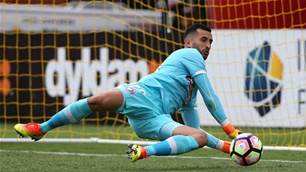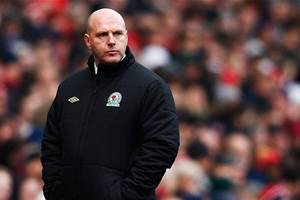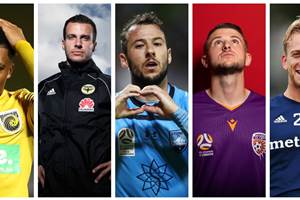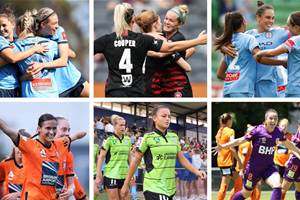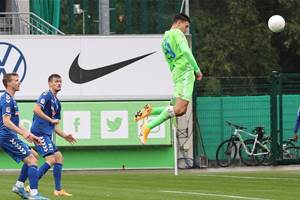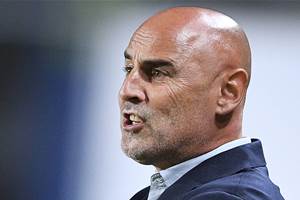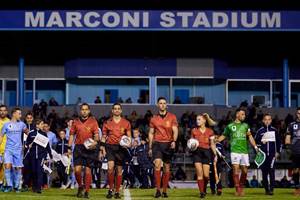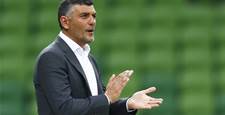FFA are reportedly prioritising equality in marketing expenditure between the W-League and A-League in the lead up to the 2023 Women's World Cup.
According to ESPN, FFA are working behind the scenes to achieve an equal split in marketing spend between the W-League and A-League in the lead up to the 2023 Women's World Cup.
This could make the W-League the first football league in the world to secure equality in marketing expenditure from its national federation with a professional male competition.
Each individual A-League, W-League club will continue to market its teams and decide its own spend individually, however FFA would spend an equal amount on advertising both competitions.
This may change, however, when A-League clubs gain independence and exercise greater control on the league's marketing spend as an association of professional clubs.
Compared to how rival leagues such as the Women's Super League and NWSL operate with their respective male counterparts, the W-League's position relative to the A-League is becoming unique in world football.
The report comes after sources indicated that W-League players and teams are set to avoid pay cuts and retain their current wages heading into next season, although a W-League CBA is yet to be formally agreed upon.
It's also in the wake of the Matildas and Socceroos equal split of overall revenue pay deal.
The W-League minimum hourly wage is already level with the A-League and both competitions will start at the same date this season and run co-currently, although the W-League has a shorter timespan.
Wellington Phoenix are expected to join the competition as New Zealand government bailout payments to the A-League club are reliant on them expanding their women's program.
ESPN also reported that new W-League entrant clubs will have to pay a licence fee. Central Coast Mariners have attempted multiple times to join the W-League and Western United are also set to join the competition, but both clubs are yet to confirm concrete plans.
FFA's focus on marketing expenditure - which, admittedly, will likely be far lower than the already marginal spend in past campaigns - comes after 265,000 more people watched W-League on television last year, while 305,000 less watched the A-League, according to Roy Morgan.
It's a hugely positive trend for women's football in Australia, with the premier domestic women's competition drawing a whopping 43% more viewers last year.
A record high 879,000 Australians watch the W-League on TV, up 265,000 (+43%) on a year ago, while the A-League attracted 1,748,000 viewers total.
At this rate of growth, the W-League would overtake the A-League within three years. This is without factoring in the huge advantage the A-League has in both number of games and number of teams, which will likely narrow as more clubs seek to expand into W-League franchises.
Admittedly, W-League TV ratings could slow over coming years given the rapid growth associated with the raising profile of the Matildas and an exodus of Matildas from the competition would nominally hurt the W-League brand.
But the awarding of hosting rights to the 2023 World Cup and the rapidly expanding profile of women's football generally will likely overcome many suggested drawbacks and Roy Morgan's figures show the room for the W-League to attract more female fans is exponential.
Related Articles
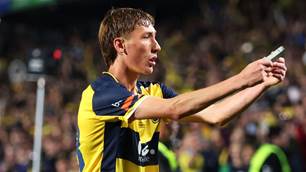
Socceroo-in-waiting seals Championship deal

Fringe Socceroo swerves A-League to remain in Europe after Fulham exit
